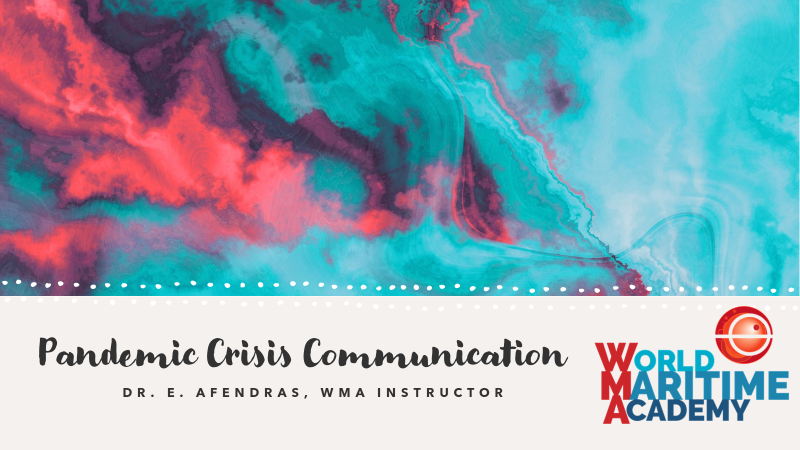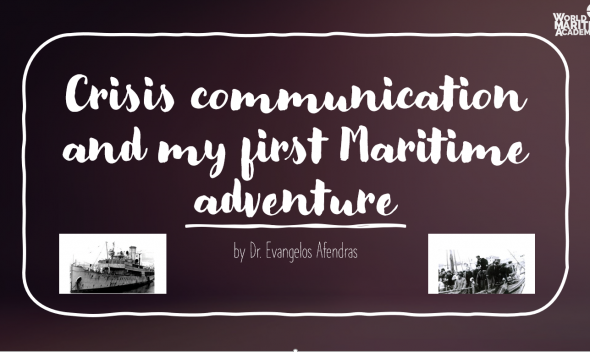
By Evangelos A. Afendras, WMA Instructor
The Covid-19 Pandemic has been a disaster for humanity. Practically nothing has remained unaffected, from financial matters and the global economy to personal psychology and family life and this is obviously reflected in our daily communication most of which now revolves around the pandemic, from routine visual perceptions (e.g. if someone we come across wears a mask or not) to the deluge of media coverage.
Every day we spend lots of time to sort out and share or erase dozens of messages from a multitude of sources. There is news on developments from next door, or, from across the universe. Central here are official messages from the government health authorities on measures taken, guidelines on what we should do and so forth. Explanations of aspects of the pandemic are also sent to the public. As with all communication, the effectiveness and the clarity of these official messages vary. Those who prepare such crisis messages have a difficult task in their hands. As receivers (readers, listeners, viewers) we are very different from each other depending on our culture, past experience, education, ideology, intelligence, emotional state and many other factors. So, the crisis communication strategy must take everything into account and reach effectively all societal segments. Failures on any aspect can exact a high cost from all. Moreover, some groups or individuals deny the very existence of the disease or ascribe its origins to a conspiracy with political and/or economic objectives. For them, the economic impact or political control is the main objective of a “conspiracy”.
In any case, the ones who suffer most are the ones who had less to start with, inequality has increased dramatically, and it is crucial to implement massive, broad measures to support those who have been left destitute. It really is a tragic irony to escape death from the disease only to die of starvation.
Political stakes are also very high: national priorities vary for those in power in each nation and policies and measures vary accordingly. Do governments choose to help the general public or offer more advantages to those who control entire sectors of the economy? Is the Public Health System boosted for now and for the future, or are funds shifted to the Private Sector? Are all ethnic groups, all regions in a country treated equally in offering healthcare?
Conversely, are ethnic and social groups exposed to the pandemic in different ways and to different extents? Here religious attitudes played a very significant role in the spread of the disease, especially in the first round. What do we do if we perceive some action as dangerous, and science supports us, but those who perform it take offense due to religious, ethnic, gender or other ideological reasons? Personal caution was thrown to the wind. Rituals for events such as preaching, ceremonies, prayer gatherings, weddings and funerals became crucial in spreading the disease beyond control.
What we see here is the effect of parallel, even clashing channels of communication, contradiction, confusion. The outcome is mostly tragic.
Now imagine compressing all this into a boat, the close quarters, working together, the diversity of the crew, port experiences and necessities. Crisis communication and Seafarers next.






